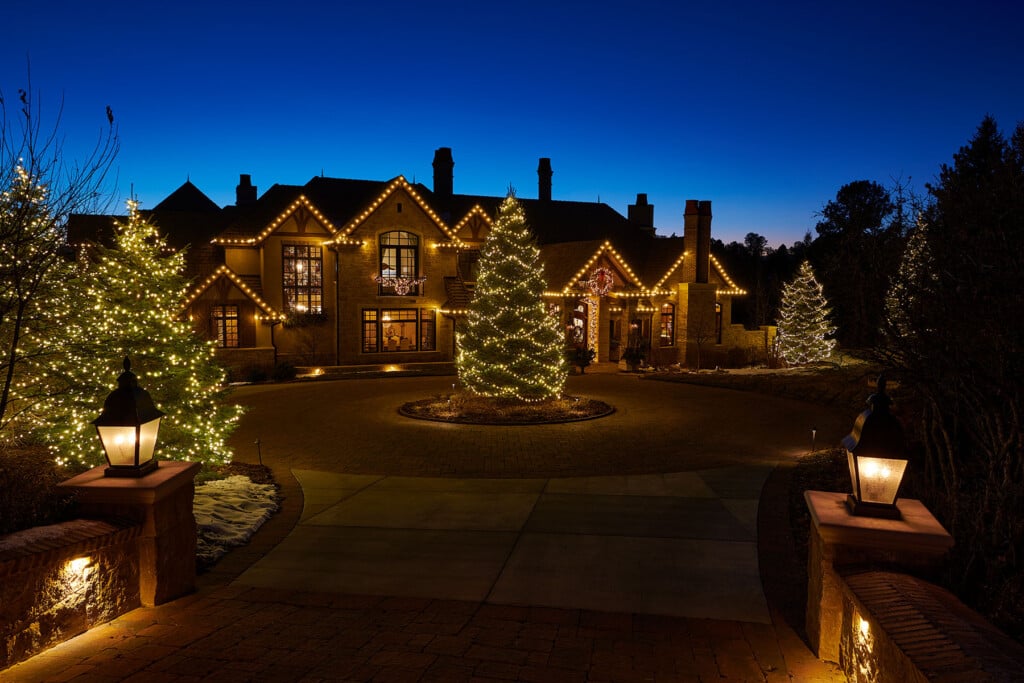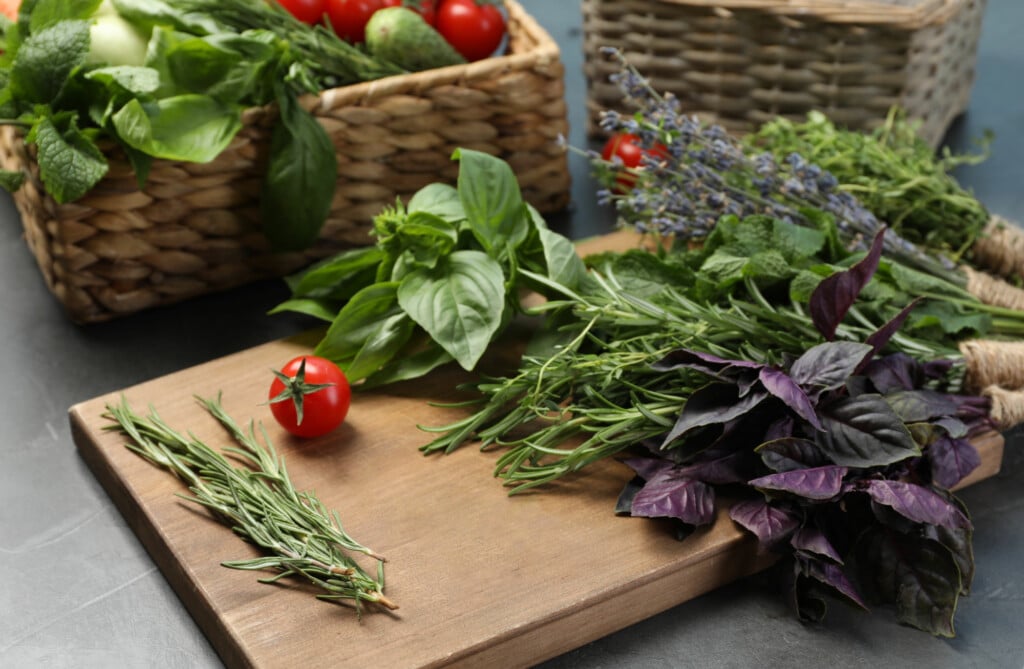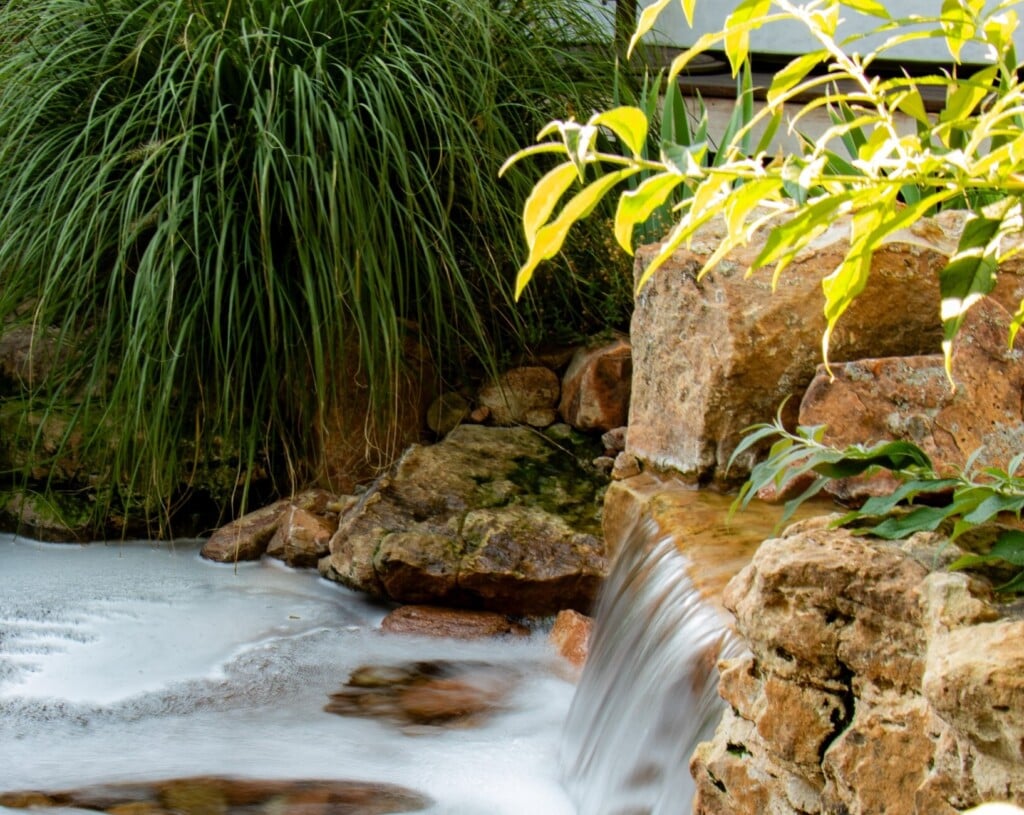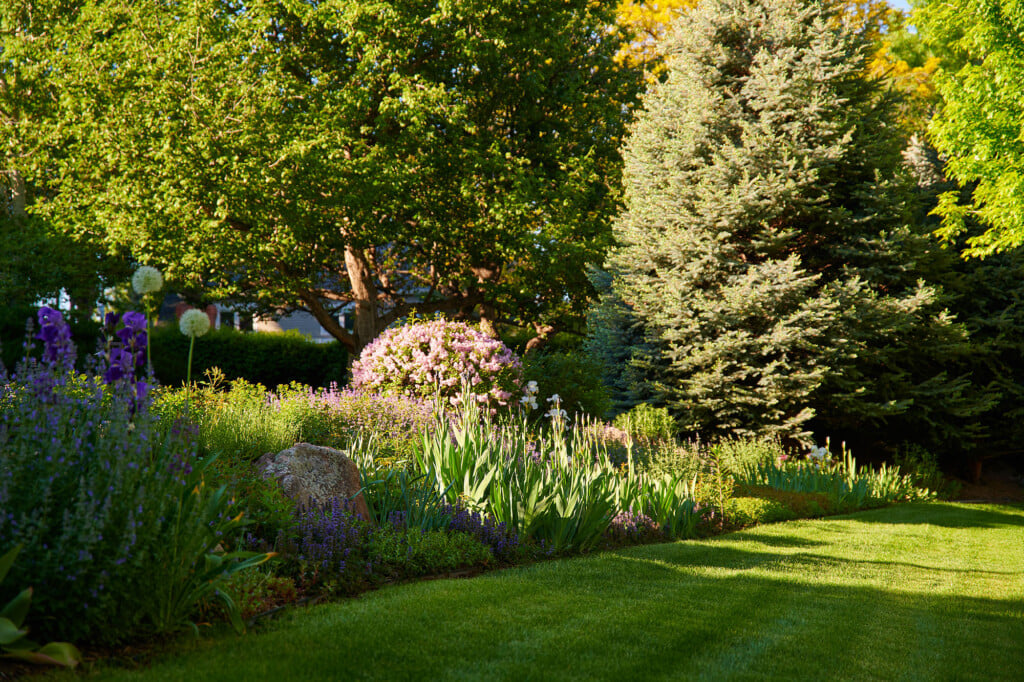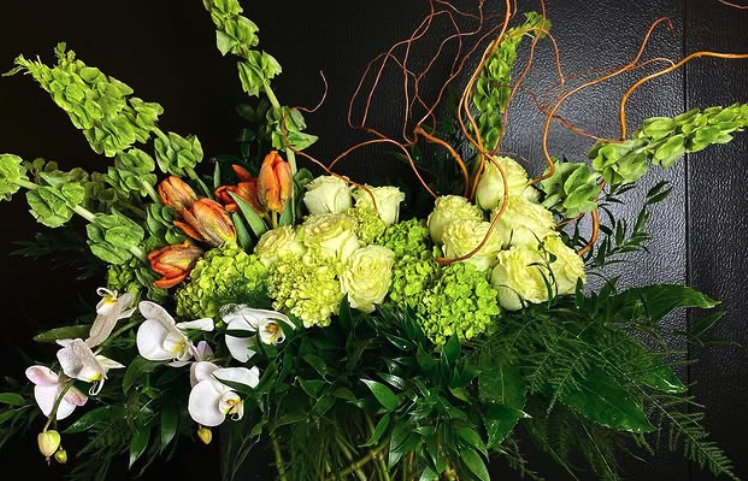Falling for Asters
How one of the largest plant families shines during the fall season
The aster family (Asteraceae) is one of the largest plant families and is represented in virtually every habitat imaginable. It seems that fall is the time that they really shine. You’ll find them in your neighbor’s garden and along trails, but to truly delight in the variety of Asteraceae, a trip to Denver Botanic Gardens is called for. Mike Bone, associate director and curator of the Steppe Collection, reveals the best places to view asters at the Gardens: Most people think of the New England aster, or Symphyotrichum novae-angliae, when we talk about asters in the fall. It is true: These are the denizens of the fall, but in the aster family there is an incredible diversity that ties the seasons together.
There’s great diversity in the aster family. The O’Fallon Perennial Walk is chock-full of New England asters. Cultivars like ‘Lady in Black’ (A. lateriflorum), ‘Septemberrubin’ and ‘Purple Dome’ (both A. novae-angliae hybrids) are classics of the fall garden. In the Western Panoramas, which ring the UMB Bank Amphitheater, you’ll encounter the Artemisia group of asters.
Sometimes nicknamed sage or western sagebrush, there are many different species represented within this genus. Examples can be found throughout every habitat in Colorado, so can you find specimens in each of the sections of the Western Panoramas. Often western sagebrush is clothed in silver foliage and almost messy, non-showy flowers. These are the structure and definition of habitats and are the backbone of the arid western landscape.
In the Steppe Garden, you will find asters from around the globe. There are many different genera like Helichrysum, Inula, Felicia, Mutisia, Grindelia, Machaeranthera and others. Here they provide habitat and sustenance to pollinators. The Lilac Garden, too, brims with different genera of asters. The most notable in the fall is the rubber rabbit brush, Ericamerianauseosa. This plant is ubiquitous on the slopes in the spaces in between the lilacs. A crucial food source for pollinators, this plant is found not only in this garden but all along the Front Range.
Lastly, visit the Laura Smith Porter Plains Garden. There may not be any place more “Colorado” than this garden, and it fully hits its stride in the fall. As the grasses mature and begin to set into their winter colors, the late season Liatris spicata (blazing star) dot through the steppe. The silvery contrast of Artemisia ludoviciana gives a cooling sense and evokes the image of the expansive plains that inspire this garden.
Summer’s end and the coming of fall is a time to reflect on the summer and all that has been accomplished in the growing season. It is time to take a breath, relax and fall for the autumnal asters. Find asters for your own garden—as well as specialty bulbs, seed mixes and the chance to chat with Gardens experts—at Fall Plant & Bulb Sale, Sept. 22-23. The best spring gardens start in the fall.







